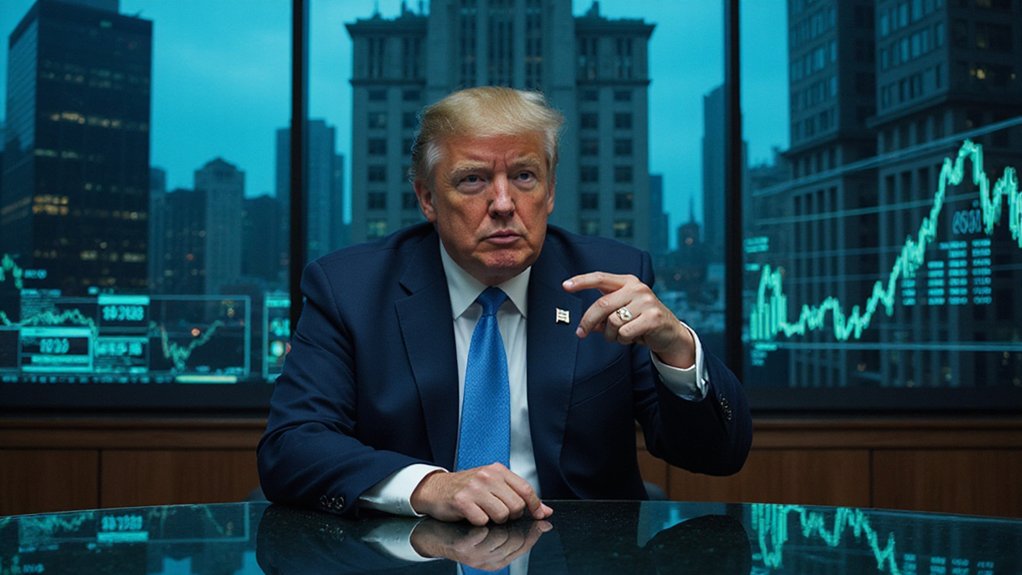While Silicon Valley Bank‘s spectacular collapse in 2023 left a gaping hole in the tech startup banking ecosystem, two familiar names from the PayPal-Palantir nexus have emerged with what they characterize as a solution: Erebor Bank, launched July 2, 2025, with backing from Peter Thiel’s Founders Fund and Palmer Luckey’s entrepreneurial gravitas.
The Columbus, Ohio-based institution (with the obligatory New York satellite office) represents an audacious attempt to merge traditional banking with blockchain infrastructure, specifically targeting crypto, AI, and defense startups—sectors that conventional banks approach with the enthusiasm of a vampire confronting garlic.
Luckey, whose resume spans from Oculus VR to defense contractor Anduril, joins forces with Thiel, the PayPal co-founder whose contrarian investment philosophy has become Silicon Valley legend. Joe Lonsdale, co-founder of Palantir, also brings his operational expertise to the venture.
Erebor’s differentiating proposition lies in its stablecoin integration strategy. Rather than treating cryptocurrency as radioactive waste, the bank plans to hold stablecoins on its balance sheet while facilitating dollar-to-stablecoin conversions for global payments. This approach addresses a persistent pain point for tech companies managing distributed teams and cross-border vendors, where traditional wire transfers move with glacial inefficiency. By leveraging smart contracts for these transactions, Erebor can eliminate traditional intermediaries and reduce the friction typically associated with cross-border payments.
Banking’s cryptocurrency embrace: transforming digital assets from regulatory pariah to cross-border payment solution for distributed tech teams.
The regulatory positioning proves particularly intriguing. Erebor has applied for a national charter, positioning itself as “the most regulated entity in stablecoin transactions”—a curious marketing angle that fundamentally translates to “we’re the most compliant rule-followers in an industry famous for regulatory rebellion.”
Whether this strategy attracts risk-averse institutional clients or merely adds bureaucratic friction remains to be seen. The bank’s leadership team includes CEO Owen Rapaport and co-CEOs Jacob Hirshman, alongside President Mike Hagedorn who brings traditional banking experience from Valley National Bank.
The digital-only service model eliminates physical branches entirely, relying on blockchain technology for secure transactions while offering traditional banking functions like loans and payroll services. This hybrid approach attempts to bridge the chasm between legacy financial infrastructure and the decentralized future that crypto evangelists perpetually promise is imminent.
Market demand appears substantial, given the underserved nature of tech startups since SVB’s demise. However, success depends heavily on regulatory approval and the bank’s ability to navigate the complex intersection of traditional banking oversight and cryptocurrency innovation—a challenge that has humbled more than a few ambitious financial technologists.









